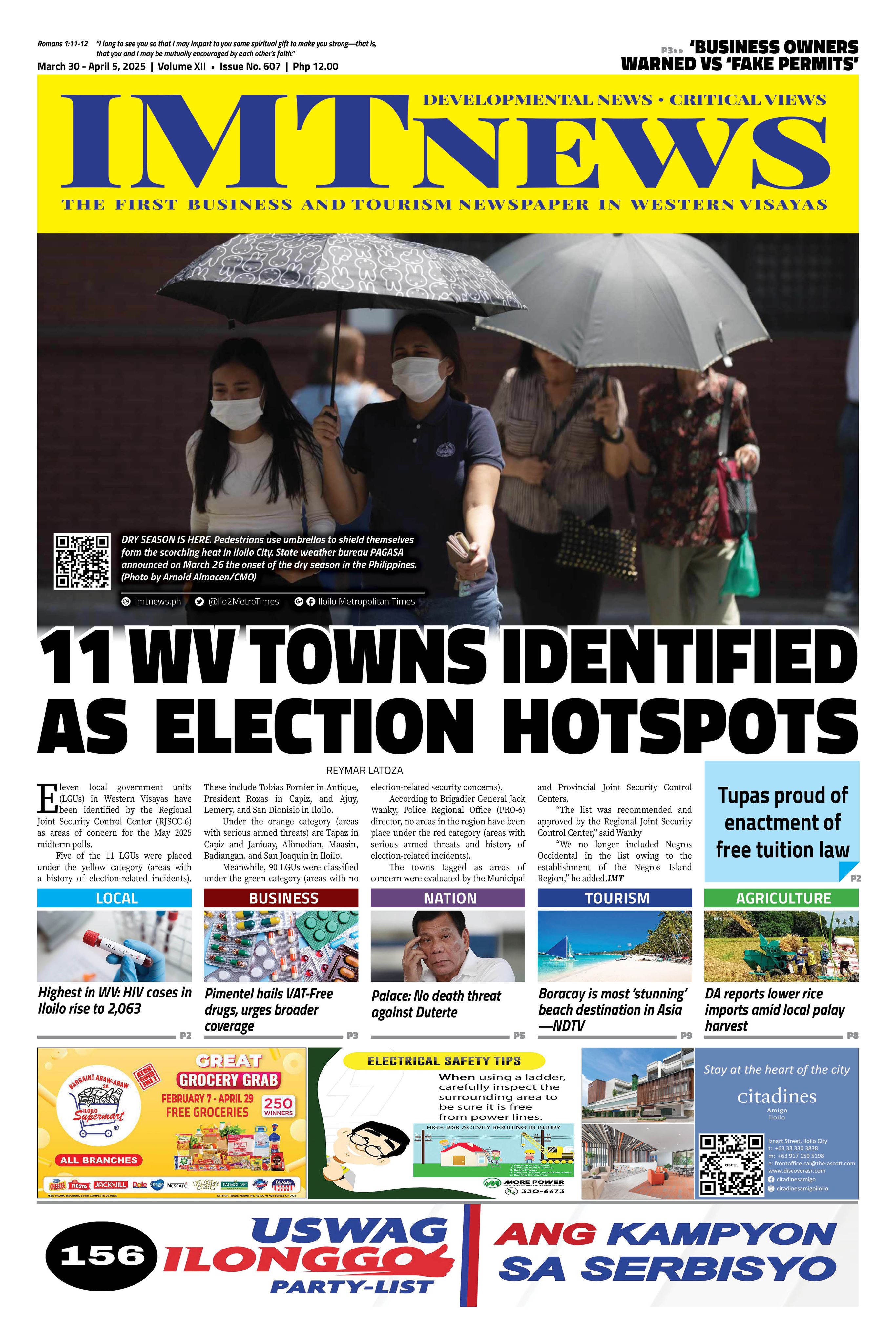November 8, 2013 was supposed to mark a significant milestone for the Department of Agriculture-Research Outreach Station (ROS) in Sigma, Capiz. A feeling of excitement filled the office as they prepare for the launching of the Biocontrol Laboratory Building, a facility that will greatly help the local farmers.
At that same day, the Philippines’ strongest typhoon, Typhoon Yolanda, with international name “Haiyan” brought wrath to the entire Visayas Island wiping vast agricultural and residential areas. It affected thousands of farmers and caused millions of damages.
Three days after the lashing of strong winds and heavy rains, the ROS Sigma Center Chief Lilia Peñaranda together with her staff returned to the station to check the condition of the station.
“We are all shocked seeing the condition of the station,” said Peñaranda. For them, it was a painful view looking at once a beautiful and peaceful station turned into a site of fallen trees, roofless offices and establishments, and the once green turned into a brown and lifeless area.
Before the Typhoon Yolanda, the ROS Sigma provides various services and facilities which promote learning and assistance to farmers. It was surrounded by plant nurseries, screenhouses and rain shelters. Propagation and production of arrays of planting materials was never a problem.
In 2011, the station started improving their facilities through a funding from the regional rice program. This allowed them to expand their research areas. As the year goes by, the ROS Sigma also improved their services and facilities.
BACK TO ZERO. “If we were able to start before, we can still start all over again.” These are the words of Ms. Lilia Peñaranda to her staff. “It wasn’t easy to utter those words because what happened to the station was beyond imagination and we all witnessed the improvement of the station,” she added.
Peñaranda said that she needed to lead her staff and showed them that it was not the end but rather an opportunity to start something new for station.
A month before the end of 2013, the research station was able to acquire Php 250, 000.00 pesos from the DA’s savings. “We started cleaning the office, replaced the roofs and checked important office files and documents that were not damaged by the typhoon.
On the first quarter of 2014, they started reviving the research station. Fruit trees and plants that survived during the storm were rehabilitated. It took them a year to recover the nursery and resume the operation of the stations.
A BLESSING IN DISGUISE. With almost Php 1 Million reported damage, the station was able to receive more than three folds assistance through the Yolanda Restoration and Rehabilitation Program (YRRP).
Water source has been a major dilemma of the station for many years, that is why, they prioritized the rehabilitation and improvement of water tanks.
From almost Php 5 Million funding from the YRRP, around Php 792, 000.00 was used for the upgrading of the water system. Aside from the existing water tank, the station procured three additional 2,000-liter capacity tanks. “On a normal condition, the upgraded water system was able to sustain the needed water requirements of the station for the whole year.”
Riprapping of two existing small farm reservoirs also contributed in increasing the water supply of the station.
Good things come when you least expect it. For the staff of ROS Sigma, the typhoon left traumatic experiences but on the other hand, it also served as a gateway for them to acquire facilities and equipment they never thought they could have.
Through the YRRP funding, the conference room was furnished. It served as venue during lectures and trainings. Also, they procured LCD projector, white screen and public address system which augmented in the conduct of technical sessions.
Procurement of additional computer and laptops eased staff in making reports and lecture materials.
Maintaining the cleanliness of the station has been easy due to the obtaining additional grass cutters. Meanwhile, the station is now accessible because of the expansion of 100 meter well path and another 100-meter concrete pathway. Through this project, monitoring of research and production areas is easy.
IMPACT TO THE COMMUNITY. The ROS Sigma has significantly gained fame in neighboring towns and to the provincial government of Capiz. An increase in the number of their walk-in clients were observed. The Research Outreach Station in Sigma has been a source of planting materials. This includes sweet potato, cassava, various vegetables, corn seeds, fruit trees, upland rice seeds and banana.
Request for planting materials and seeds from the Local Government Units (LGUs) also increased. These planting materials were distributed during farmers’ day and information caravans in nearby municipalities.
“Maybe it is not proper to say, ‘Thank you’ to Yolanda but, in spite of that, the Sigma Research Outreach Station improved its facilities and equipment, and capacitated the personnel through the Yolanda Recovery and Rehabilitation Program (YRRP),” stated Ms. Lilia Peñaranda.
After almost six years, traces of Yolanda can no longer be seen in the station. But the experiences and the learnings gained through the journey of the rehabilitation and restoration of the station will always remain to everyone who have contributed their time and effort in reviving the Research Outreach Station in Sigma, Capiz.
/Aileen Joy M. Subade/DA-RAFIS 6








